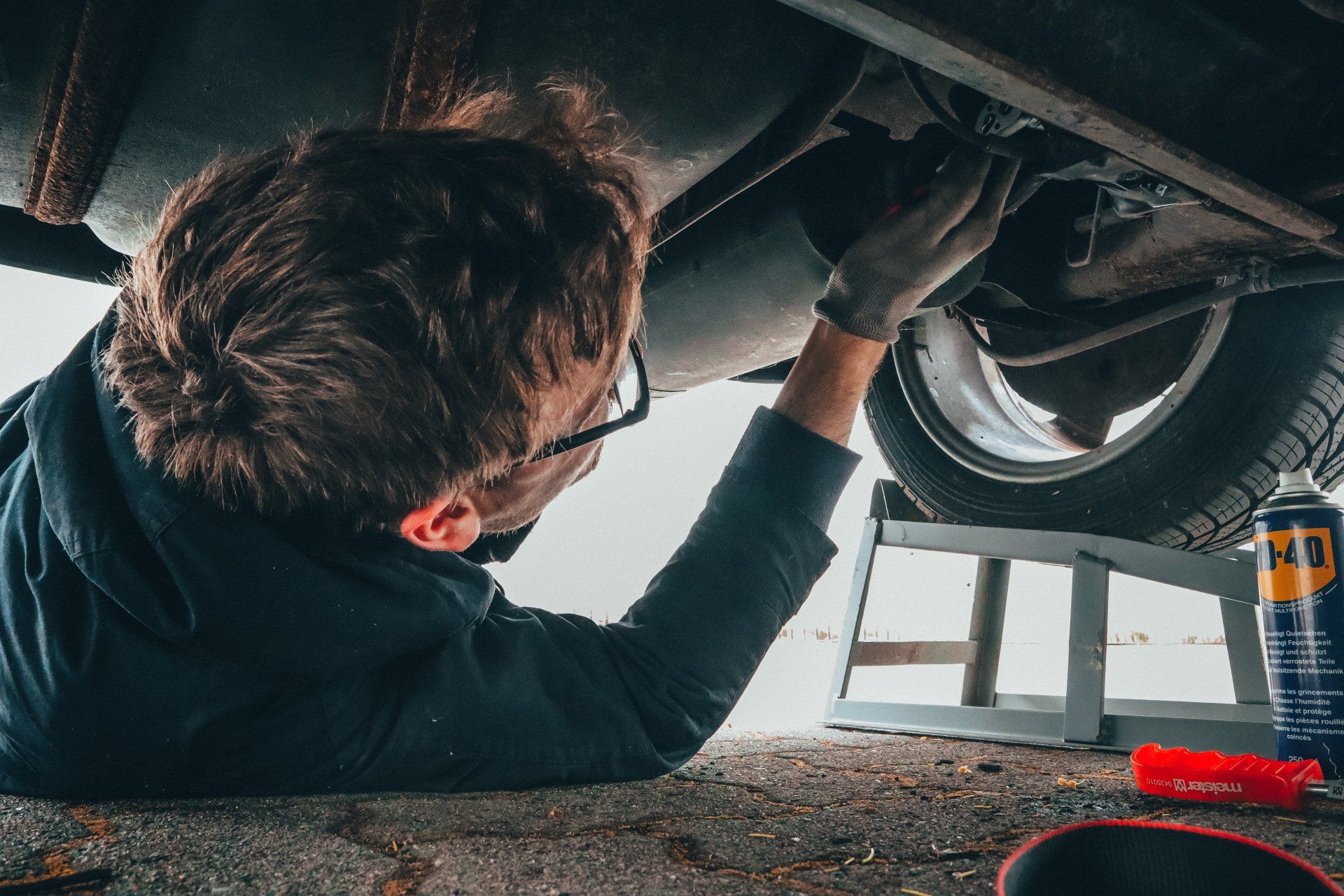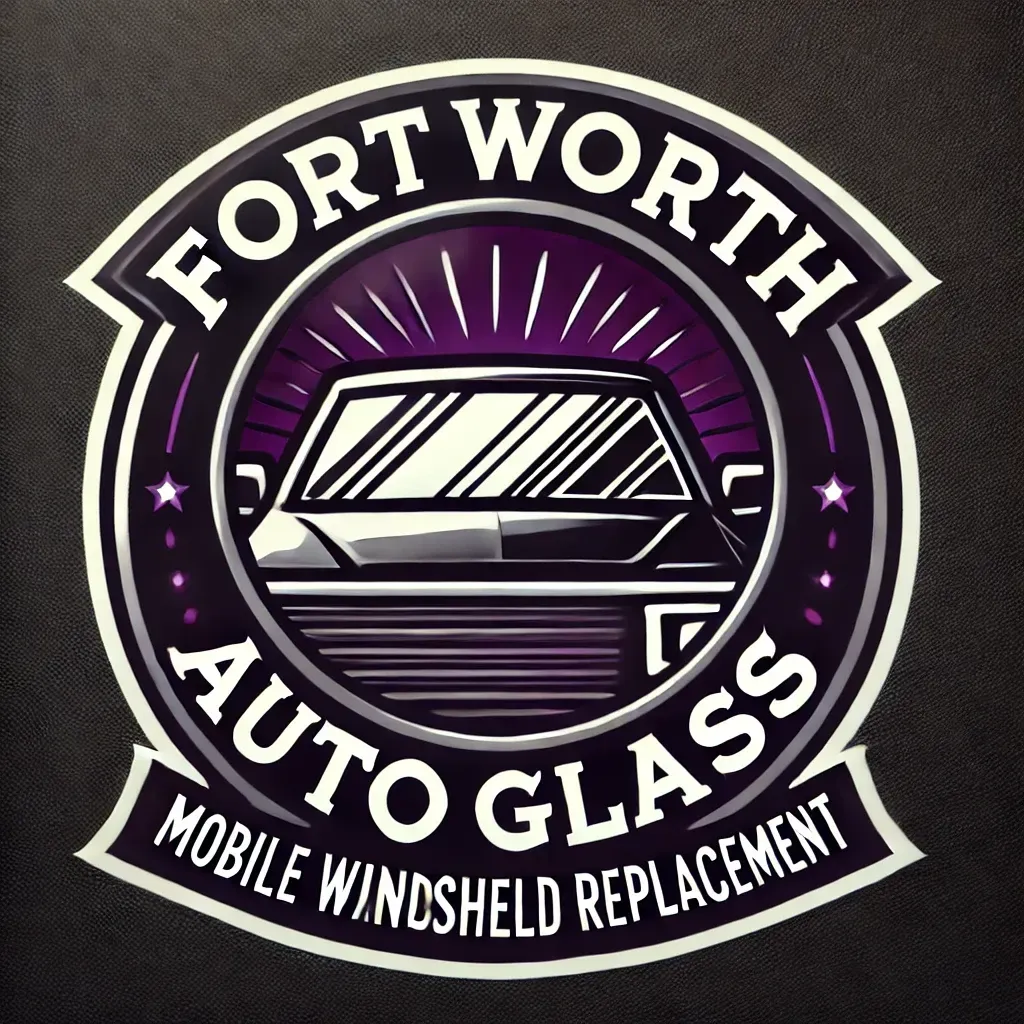Classic Cars, Modern Techniques: How to Restore Your Vintage Auto Body Conclusion
Revive Your Vintage Ride: Mastering Classic Auto Body Restoration
Restoring a classic car is a labor of love that brings old-world charm back to life with modern techniques. Whether you're a seasoned enthusiast or a newcomer to the world of vintage automobiles, understanding the intricacies of classic auto body restoration is essential. This comprehensive guide will walk you through the essential steps and considerations in restoring a classic auto body, covering everything from selecting the right classic auto body parts to finding a reliable classic auto body shop near me.

Understanding Classic Auto Body Restoration
Classic auto body restoration is more than just a repair; it's a meticulous process that revives the original beauty and performance of a vintage vehicle. Unlike modern cars, classic cars require specialized knowledge and skills to restore their unique designs and features. This restoration involves various stages, including assessment, disassembly, repair, and reassembly, all aimed at returning the vehicle to its former glory.
Choosing the Right Classic Auto Body Shop
Selecting the
right classic auto body shop is crucial for a successful restoration. Look for a shop with a proven track record in classic car restoration and a team of skilled technicians who understand the nuances of vintage vehicles. Search for a classic auto body shop near me to find local experts who can offer personalized service and attention to detail. Additionally, ensure the shop uses high-quality materials and authentic classic auto body parts to maintain the car's originality.
Assessing the Condition of the Vehicle
The first step in restoring a classic auto body is to thoroughly assess the condition of the vehicle. This involves examining the body, chassis, and mechanical components for rust, damage, or wear. Classic cars are often subject to rust, especially if they have been stored improperly. Identifying and addressing these issues early on is crucial to prevent further deterioration and ensure a successful restoration.
Sourcing Authentic Classic Auto Body Parts
Finding authentic classic auto body parts is one of the most challenging aspects of restoration. These parts are often rare and may require extensive searching through specialty shops, online marketplaces, or classic auto body shop networks. It's essential to ensure that the parts are not only period-correct but also compatible with the specific make and model of your vehicle. This attention to detail will help maintain the car's authenticity and value.
Disassembly and Documentation
Once you've assessed the vehicle's condition and sourced the necessary parts, the next step is disassembly. This process involves carefully removing the car's components, labeling each part, and documenting the process. Detailed documentation is vital, as it helps ensure that every piece is correctly reassembled. Photos and notes taken during disassembly can be invaluable references during the later stages of restoration.
Repairing the Classic Auto Body
The repair phase is where the actual restoration work begins. This stage can include rust removal, panel replacement, dent repair, and welding. Classic auto body repair near me services are ideal for handling these tasks, as they have the specialized
equipment and expertise required for vintage cars. Precision and patience are key, as even minor errors can compromise the vehicle's structural integrity and aesthetic appeal.
Paint and Finishing
Painting is one of the most crucial aspects of classic auto body restoration. The right paint not only enhances the car's appearance but also protects it from the elements. Choosing a paint that matches the vehicle's original color code is essential for maintaining authenticity. A classic auto body shop with experience in vintage cars will have access to the right materials and techniques, including hand-painted pinstripes and period-correct finishes.
Reassembly and Final Touches
After the bodywork and painting are complete, the vehicle is reassembled. This process involves meticulously putting back all components, from the engine and transmission to the interior and exterior trim. Attention to detail is crucial to ensure everything fits perfectly and operates smoothly. During this phase, it's also important to address any electrical or mechanical issues that may have been identified during the restoration.
Finding a Classic Auto Body Shop Near Me
For those new to classic car restoration, finding a local expert is invaluable. Searching for a classic auto body shop near me can connect you with
professionals
who understand the specific needs of vintage vehicles. These shops often have a wealth of experience and can offer advice on sourcing parts, choosing the right paint, and other critical aspects of restoration.
Maintaining Your Restored Classic Auto Body
Once your classic car is restored, maintaining its beauty and functionality is essential. Regular maintenance, including cleaning, waxing, and periodic inspections, will keep your vehicle in top condition. It's also advisable to store the car in a climate-controlled environment to prevent rust and deterioration. Additionally, regular check-ups at a classic auto body shop can help address any emerging issues before they become significant problems.
Conclusion
Restoring a classic auto body is a rewarding endeavor that combines art, craftsmanship, and passion. By following the steps outlined in this guide, you can bring your vintage car back to life with modern techniques while preserving its original charm and value. Whether you're looking for a classic auto body shop, classic auto body parts, or simply exploring the world of classic car restoration, this journey offers endless possibilities and satisfaction. Happy restoring!

